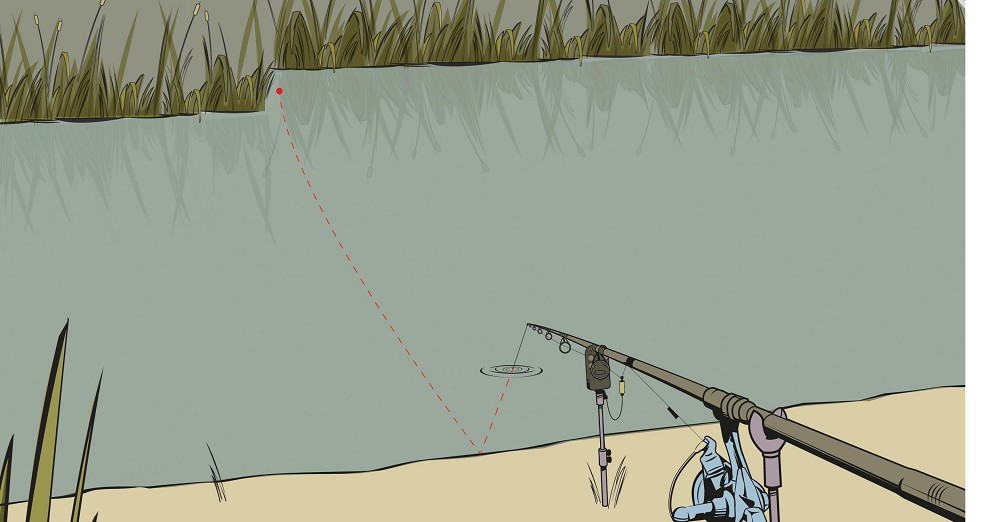
How to fish to a reedbed
Fish expert, Simon Scott once said "If there are reeds present, the carp will 9 times out of 10 be found there."
Marginal features are one of the best fish-holding areas of the lake, providing the carp with shelter along with shallower water that is warmer. There are many types of marginal features in lakes, including overhanging trees, lily pads and reedbeds, all of which are huge fish attractors that should never be ignored.
When approaching long sets of reeds there are many elements to consider, especially location, how tight you cast and what part of the reedbed do you aim for? In this Fault Fixer we explain ideal location and other key aspects when targeting a reedbed.
01 Key parts of a reedbed
Location is very important and there are always going to be spots that will produce more bites than others. When fishing a reedbed, cast into small coves/recesses or points in the reeds and go as tight as possible. Also, the tips of the reeds where they first start and end are good areas to target.
02 The right angle
If possible, always fish directly across to a reedbed, not parallel to it, as this allows the fish to kite into the reeds, snagging you up and ultimately losing the fish. By fishing straight on, the fish can only swim along the front of the reeds, not into them.
03 Get locked up
Because you are fishing tight to the reedbed, you don’t want the fish taking any line off your reel and swimming into the reeds. So fish your reel locked up so no line can come off the reel.
04 Extra security
Always place the butt ring of your rod in front of the bite alarm. This then gives you extra security to stop your rod from being pulled into the lake.
05 Mark up
When you first hit your spot, mark the main line with either electrical tape, marker pen or marker elastic. This then means when you next cast you can clip up and hit the spot every time.




